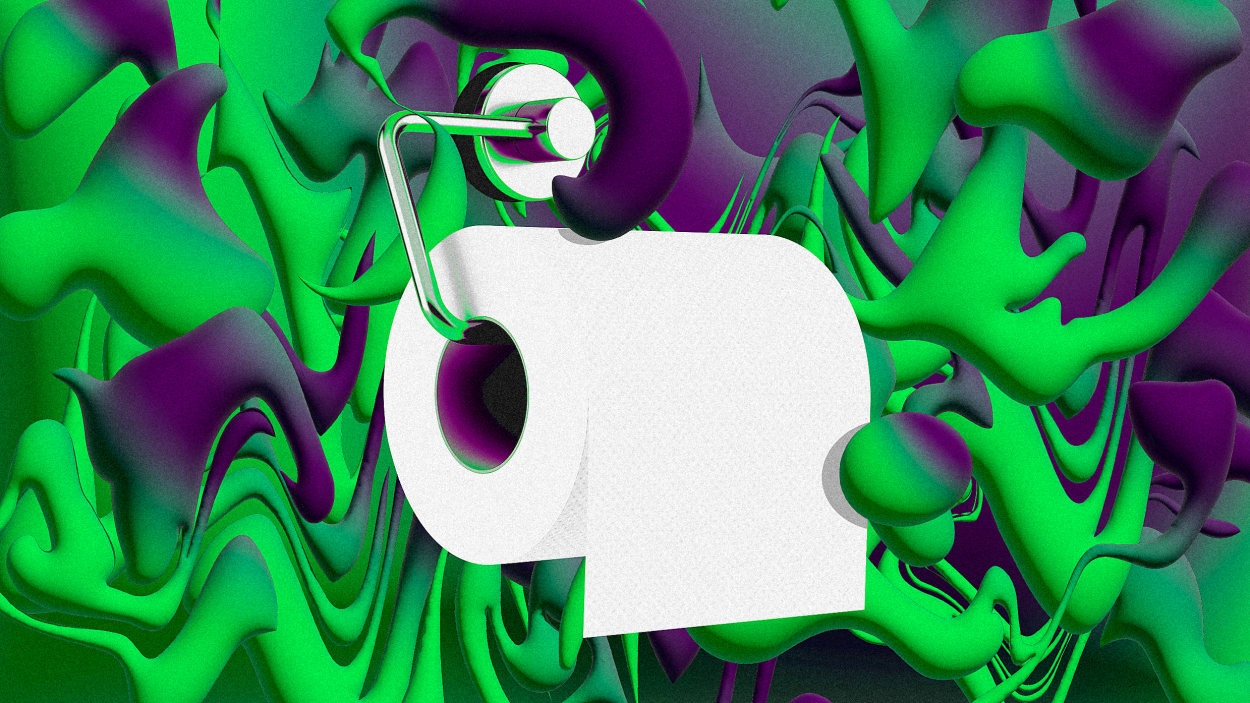Your toilet paper is full of forever chemicals
PFAS, also called “forever chemicals,” have been found in an array of everyday products, from nonstick pans and carpeting to clothing and all sorts of personal care products. Now researchers say another everyday item is contributing pollutants to wastewater systems: our toilet paper.
PFAS have been linked to health issues, including cancer, reproductive concerns, and weaker immune systems. In the environment (PFAS are prevalent in soil, landfills, and wastewater) these toxic chemical compounds don’t break down, meaning they move through our soil and water systems, contaminating drinking water and accumulating in wildlife.
One way to understand how much our water systems, or the environment overall, are polluted is to examine “sewage sludge,” or the biosolids left as a byproduct in wastewater treatment processes. When Jake Thompson, a graduate student at the University of Florida, analyzed biosolids a few years ago, he noticed particularly high concentrations of 6:2 diPAP, one type of PFAS.
He learned that this particular chemical is common in paper manufacturing—used when turning the wood into pulp—so he looked to toilet paper, collecting different types from all over the world to analyze. PFAS were found in every toilet paper collected: 21 different kinds, from across Europe, North America, South and Central America, and Africa. (The researchers did not test any bamboo toilet papers, but did test recycled toilet papers.)
“It was pretty uniform—with a natural degree of variability—among all the samples,” says Timothy Townsend, an environmental engineer with the University of Florida and a coauthor of the study, published today in the journal Environmental Science & Technology Letters. “To see this one signature chemical, which we’ve already seen before in the sewage sludge, also turn up in the toilet paper certainly indicated that this is another source that we need to be thinking about when it comes to . . . limiting the amount of PFAS that gets into the environment.”
The extent to which toilet paper is responsible for all the PFAS in wastewater does differ around the world. In North America, researchers estimated that toilet paper contributed just 3.7% of the 6:2 diPAP found in sewage sludge. The percentages were higher in Sweden (35%) and France (89%). However, the researchers explain, their findings don’t mean that toilet paper isn’t a significant source of PFAS in the U.S., but rather that it’s just one of many sources contributing to PFAS pollution. (The study did take into account average toilet paper usage by area, which can differ depending on whether people, say, throw their toilet paper out in a wastebasket or primarily use bidets; those in the U.S. and Canada had the highest per capita toilet paper use.)
“It’s not so much that in Europe they’re using more toilet paper and having more of that chemical show up. It’s more that that chemical is there in lower concentrations of their sludge, so what’s there is mostly accounted for from the toilet paper,” Thompson says. “But in North America, the concentrations are so high that it couldn’t possibly all be coming from the toilet paper.”
This study didn’t look into how safe the chemical is or what the environmental impact of toilet paper PFAS might be—that’s for future research, which Townsend says there needs to be a lot more of to really understand these chemicals and their impacts.
“The big lesson here,” he adds, “is that we know that it’s in sewage sludge, we know that it’s in wastewater, but it’s not some big chemical company dumping things down the drain, and it’s not only the personal care products and the cleaning products going down the sink. It also appears to be just even the basic products themselves.”
(26)



